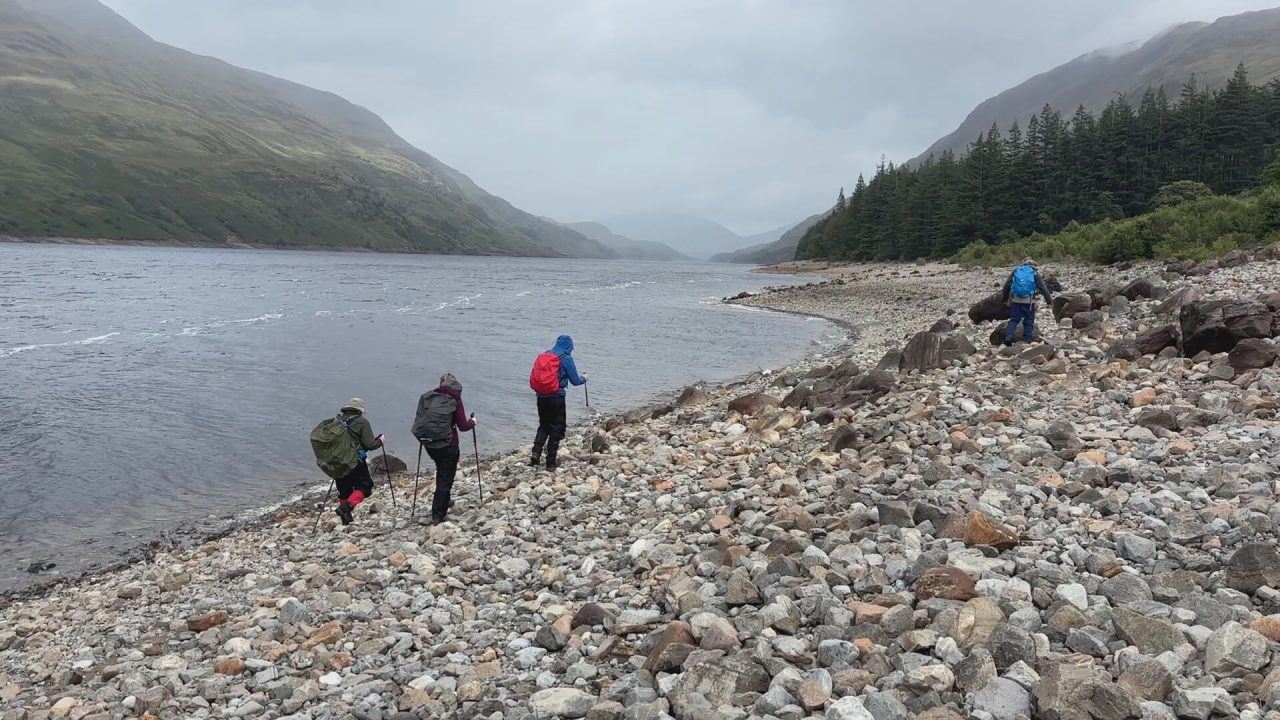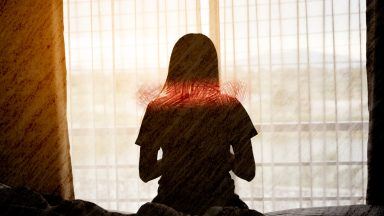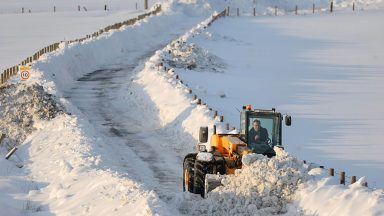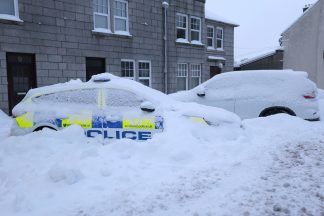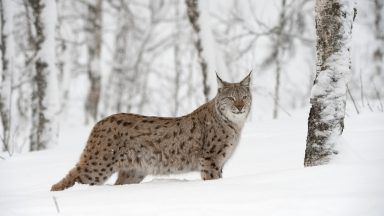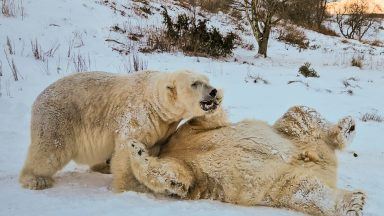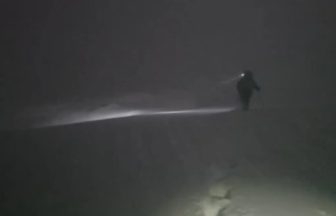Scotland’s first meteorite in over a century is lying in the Scottish Highlands, and scientists need hillwalkers and Munro baggers to help track it down.
Around 1am on July 3 the night sky was lit up as a meteor exploded while entering the atmosphere over the north west of Scotland.
The fireball caused a stir on social media after mobile phones and home security cameras captured the spectacle.
Now researchers from the UK Fireball Alliance (UKFAll) have managed to reconstruct the meteor’s path and estimate where fragments have fallen.
It’s believed pieces of meteorite are east of Ben Nevis, in a region around Loch Treig and Loch Ericht.
Analysis of the footage suggests that smaller fragments of up to 100 grams were dropped to the west as the fireball travelled across Stob Coire Easain and Chno Dearg, before larger chunks of up to 10kg fell over Ben Alder.
“Unfortunately for us,” said Professor Luke Daly at the University of University of Glasgow. “It’s landed in possibly the most challenging place to get to in the entirety of Scotland.
“You can’t get there by car, you have to get a train and then hike for an hour. Then you have to camp and then hike for three more hours to get to the fall line and then start the search after that.”
The closest train station to where the meteorite is believed to have landed is Corrour – the spot made famous by the movie Trainspotting. The fall line is located north of Corrour, spanning an area of approximately 20km in the Highlands.
In August, a team of 14 volunteers from the Universities of Glasgow, Edinburgh, St Andrews and Manchester as well as several citizen scientists heading out on the meteorite hunting expedition.
They spent several days trying to track down the fragments but had to cut things short due to bad weather.
Professor Daly was co-leader of the search party.
He said: “What we’re hoping from the general public is that anyone out trying to bag a Munro might try and bag a meteorite at the same time.”
In 2021, Professor Daly led the team which recovered the largest intact fragment of the Winchcombe meteorite, the first of its kind to be retrieved on UK soil in nearly 30 years.
He said: “Meteorites are time capsules of the early Solar System, which hold a wealth of information about how our Solar System formed and developed.
“This is a very exciting opportunity to learn more about where this rock came from and where it has been and fill in a bit more of the jigsaw of our Solar System’s history.
“The longer these pieces sit out on the Scottish hills, the more they will be weathered and the less we’ll be able to tell about their composition.
“The clock is very much ticking on our chances to learn as much as we can from these rocks, so any help that hillwalkers can give us could make all the difference.”
The last meteorite to be found in Scotland was in 1917. The Strathmore Meteorite now sits in Perth Museum.
If found, it’s hoped this new one will go on display at the National Museum of Scotland.
Meteorite’s have a brilliant way of getting the public really excited about space
Dr Áine O’Brien also led the search team.
She said: “We’re asking hillwalkers to keep an eye out for rocks which stand out from everything around them.
“Meteorites are black and shiny with an almost glassy appearance, and they are heavy for their size.
“Since it could be about 30% iron, it may also look slightly rusty after all the rain we’ve had recently.”
She told STV News: “Meteorite’s have a brilliant way of getting the public really excited about space – which is something I really care about.
“They are the only connection between humanity and space – they’re the only part of space which has come to earth.
“So, if we can get a little kid excited about space who’s never really thought about it before because there’s the first space rock in over 100 years in Scotland then as far as I’m concerned that’s a success.”
If someone manages to bag a meteorite while out bagging a munro they should follow these steps:
- Take a picture
- Take a note of the GPS location and send it to the UK Fireball Alliance
If it’s small enough to be picked up, don’t handle it was bare hands. Meteorites aren’t toxic, but to avoid contamination, try wrapping them in aluminium foil or a plastic bag.
For more information, visit the UK Fireball Alliance.
Follow STV News on WhatsApp
Scan the QR code on your mobile device for all the latest news from around the country


